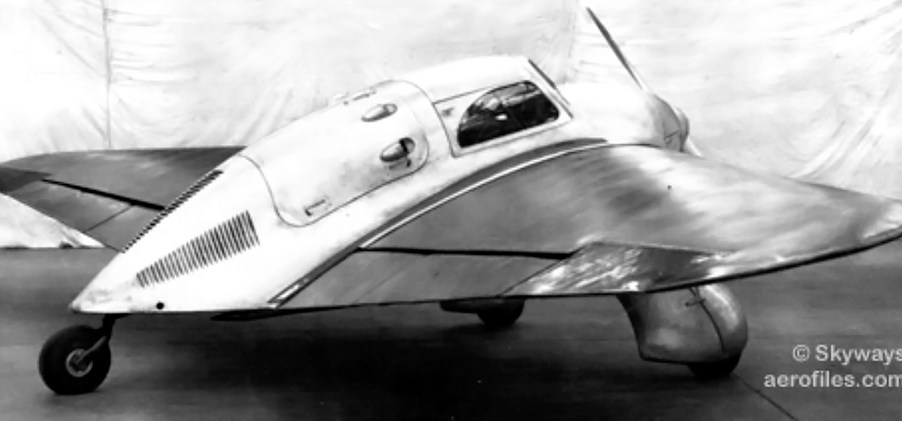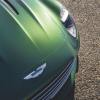
Ford Once Made a Flying Wing Airplane
In 1933 Henry Ford was challenged by the US Department of Congress. It was looking for a Model T for the sky, an inexpensive plane that many could afford. An $800 target was suggested. It had to be easy to fly and maintain, too. Ford bit, and his flying wing would be the answer. Ford had attempted such an aircraft numerous times in the past, with the most famous being the Tri-Motor. His attempts even had a name; Ford flivver planes, named for what many affectionately called the Model T.
The Ford Flying Wing came from a challenge by the US government

He couldn’t refuse the US government challenge. And it was already in his wheelhouse. The challenge went out to a number of companies, not just Ford. It was an attempt to begin digging the country out of the Great Depression.
Henry Ford revolutionized modern transportation with the Model T. Why couldn’t he do the same thing for flight? Through his son Edsel, Ford had financed William Stout’s Stout Metal Airplane Company in 1922. Ford even built an airport and factory in Ford’s hometown of Dearborn, Michigan.
By 1934 Ford was in the middle of developing its infamous flathead V8 engine to also become an aircraft engine. It was to be part of a larger effort to develop the 15P plane designed by Hary Karcher and Gar Evans. But this was no conventional airplane.
The Ford 15P flying wing was far from conventional

15P was a tailless flying wing. It was a single-passenger side-by-side plane with the flathead engine located behind the pilot and passenger seats. Dual controls and instruments were placed in the middle which meant it could be piloted from either seat.
Its teardrop shape was de rigueur for the streamlined era. Gullwing-like canopies opened up for each seat. The body consisted of a steel frame with aluminum panels. An aluminum frame and fabric wings housed fuel tanks. wings. The main gear received streamlined fairings that housed the landing lights. A castoring tailwheel was located in the rear of the frame.
Ford chose his passenger car flathead V8 to power the flying wing

With a mass-produced car engine, any Ford dealer could service it, should production get to that stage. It spun a propeller shaft running between the pilot and passenger. What looks like a metal propeller was used in place of the more common wood spinners. A radiator colled things off behind the engine.
From here info becomes a bit murky. According to the Aviation Legacy of Henry and Edsel Ford, a mockup was constructed. Then actual development began with Stout Metal Aircraft. The Department of Commerce assigned it X999E just after Thanksgiving 1935. Ford’s 15P made numerous test flights with pilot Harry Russel, but control of the plane was described as “problematic.”
Testing of the flying wing ended with a crash

A landing accident sealed 15Ps testing. This explains why so little information exists. Rather than repair the aircraft, Ford chose to store it. A year later Stout Metal Airplane went out of business. But that’s not the end of the story.
Collecting dust, it sat until 1941. Then, Henry Ford pulled it out to use as the basis for an autogyro-type of airplane. The design was considered unworkable, so we’ll never know what was banging around in old Henry’s brain. Less than two years later, Edsel Ford died from stomach cancer. And then in 1946, Henry died.



